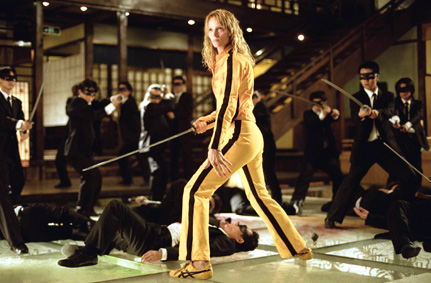Recently, I was at a money manager round table dinner where everyone was talking about “my stocks this” and “my stocks that”. Their attitude was that it doesn’t matter what is going to happen in the world because their favorite stock is generating free cash flow, buying back shares, paying a dividend and doing XYZ. People always forget that 50% of a stock’s move is the overall market, 30% is the industry group, and then maybe 20% is the extra alpha from stock picking. And stock picking is full of macro bets. When an equity guy is playing airlines, he’s making an embedded macro call on oil.
Category: Risk management
Cutting losses

There is one big difference between traders, who make money and traders who don’t. It is called risk management. Even if you blindly pick your stocks, in the long-term you will make money as long as you cut your losses short. Add to risk management a proper equity selection model and then you are in top 5% in the world. The 5% that actually make money, consistently. This is the biggest secret of successful traders – cutting losses short. It saves capital and it saves your piece of mind.
If you browse on the internet, you will find thousands of articles that preach that losses should be cut short. It is well known fact and yet you’ll be surprised how few people actually utilize it, even those who write about it. Words are free. You can say whatever you want. Many people don’t practice what they preach and this is why the biggest edge someone could have is called discipline.
There are two types of traders: the ones that cut losses short and the ones that lose everything and go out of business. If you can’t define your risk in advance and most importantly if you can’t accept it, you should not be trading at all. Reading about cutting losses short will never be enough. It is human to believe that you are different and that you know better and that it will never happen to you. You have to experience it to realize it. It is part of the learning curve. I knew about this rule long before I committed serious money to trading and yet I didn’t practice it until I had my portion of outsized losses. Today, the thought of how and where I’ll exit a trade, is the most important.
I know that there are many people who preach that they don’t use stop losses and yet they are successful. Well, if they are successful doing that, then they are not really traders. They are investors and they limit their risk by hedging, which is a whole new chapter.

I will spend the next week and half in South Beach, Miami. Hopefully the weather will be nice and the girls …
About tight stops
Someone had said that he is jumping on stocks, moving with 100 mph with an inch stop for protection. There is a lot of wisdom behind these words. They reveal two essential elements of many systems for consistent profits: momentum and risk management.
Being right and being profitable in trading are two very different definitions. You could be right in 90% of your trades, making a $1 per share. Then you could be wrong on the 10th trade and lose $10 per share there. The final result is -$1 per share from all the ten trades. Percentage of winners is not what traders should be paying attention to.
You might decide to use a tight stop of 10 cents to exit quickly trades that don’t go in the desired direction. As long as you make 50 cents per share on your winning trades, you could afford the luxury to be wrong 4 out of 5 times and still be in a profitable position. The point is to jump on stocks that are moving and have the potential to provide much bigger reward than your initial risk.
Blindly using a tight stop might be useful in the begining stage of the learning curve of a developing trader, as it will teach you to lose. Sometimes you have to lose the battle in order to win the war. Losing will always be painful. The point is to use that pain as a catalyst to work harder and smarter next time. The point is, when you lose to lose small, so you could recover faster.
Using 10 cents as a stop is only an example to illustrate a point. Stop losses should be defined by the individual volatility of each stock and its supply and demand dynamics. 10 cents represents 5% of a $2 stock and it might be a proper stop, but 10 cents is only 0.1% of $100 stock, which is a normal move and might not be a stop that makes sense. Certainly this will depends on your trading horizon and trading skills. Use tight stops, but make sure there is a reason behind that stop. Don’t just randomly chose a number. Let the stop be the signal that will tell you that you are wrong and you should exit in order to chase other trading opportunities with better odds of success.